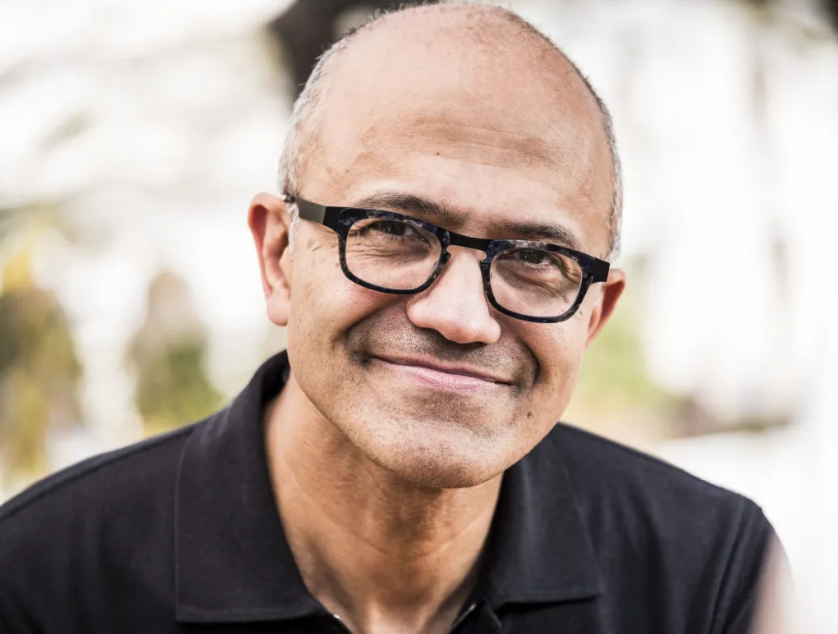Since becoming CEO in 2014, Satya Nadella has led Microsoft through a period of significant transformation and growth. Recognizing the need for a new approach, Nadella introduced a “growth mindset” culture that emphasized experimentation, continual learning, and collaboration across teams. This cultural shift has allowed Microsoft to move beyond its traditional software dominance, positioning it as a leader in cloud computing and emerging technologies.
Key Strategies Behind Nadella’s Success
Embracing the Cloud with Microsoft Azure: One of Nadella’s boldest moves was the pivot to cloud computing. Recognizing its potential early on, he placed Azure at the forefront of Microsoft’s strategy, positioning it to directly compete with Amazon Web Services. Today, Microsoft Azure is one of the company’s largest revenue drivers, underscoring the success of this forward-thinking move. By shifting focus from legacy software products to the cloud, Nadella reinvigorated Microsoft’s business model, making it more resilient and future-ready.
Fostering a Growth Mindset: Nadella’s introduction of a “growth mindset” encouraged employees to embrace experimentation, adopt continuous learning, and view setbacks as opportunities for improvement. This cultural shift replaced the previously competitive, siloed structure with one centered on collaboration and innovation. By creating a more inclusive and adaptable work environment, Nadella enabled Microsoft to respond more effectively to industry changes and new opportunities.
Commitment to Open-Source and Cross-Platform Compatibility: Breaking with Microsoft’s past, Nadella championed open-source technology and cross-platform compatibility. Under his leadership, Microsoft acquired GitHub, embraced Linux, and released popular software like Microsoft Office on competitor platforms, including iOS and Android. This open approach has increased Microsoft’s relevance in the developer community and demonstrated its willingness to meet users where they are—a stark contrast to its prior “Windows-first” approach.
Inclusive Leadership and Empathy-Driven Culture: Nadella’s leadership is marked by empathy, inclusivity, and a focus on personal development. He has advocated for an inclusive workplace that supports diverse perspectives and personal growth. This commitment has not only enhanced Microsoft’s internal culture but also positioned the company as a leader in corporate responsibility and inclusivity, contributing to a strong, positive public image.
Impact and Legacy
Financial Resurgence and Global Impact: Through strategic cloud investments, open-source initiatives, and cultural renewal, Nadella has helped Microsoft become one of the most valuable companies globally, with sustained financial growth and a diversified revenue model. His cloud strategy with Azure has redefined Microsoft’s position in the tech ecosystem, generating substantial new revenue streams and market influence.
Revitalized Innovation and Competitive Edge: Nadella’s leadership has reinvigorated Microsoft’s approach to innovation, allowing it to compete dynamically in areas like artificial intelligence, edge computing, and cybersecurity. The company’s proactive focus on AI ethics and responsible tech usage further underscores Nadella’s vision of combining innovation with responsibility.
Legacy of Empowerment and Inclusivity: Nadella’s empathetic, inclusive approach to leadership has established a legacy centered around a people-first philosophy. His emphasis on creating a supportive, growth-oriented environment has set a new standard in the tech industry, demonstrating that empathy and corporate success are not mutually exclusive. Through his leadership, Microsoft has become not only a global tech powerhouse but also an exemplar of inclusive, ethical business practices.
Redefining Microsoft’s Future
Satya Nadella has transformed Microsoft into a more agile, resilient, and inclusive organization. By embracing cloud technology, open-source collaboration, and a culture of continuous growth, he has revitalized Microsoft’s relevance and set a powerful example of modern leadership. His tenure underscores the potential of blending strategic foresight with empathy, illustrating a path forward for tech companies that seek to thrive in a rapidly evolving industry landscape.


